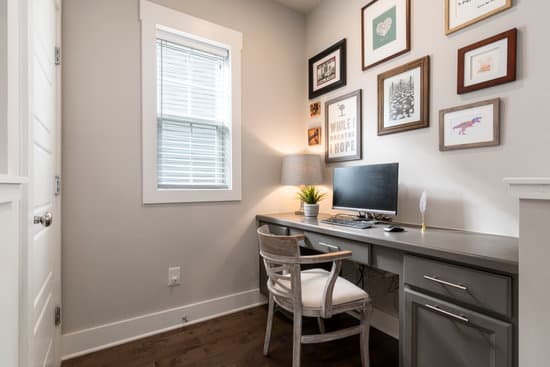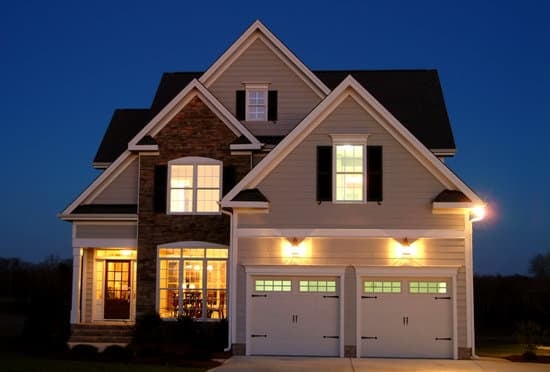Should a Fridge be Higher at the Front or Back?
A refrigerator is an essential appliance in any modern household. It helps to store and preserve food items, keeping them fresh for longer periods. However, to ensure it functions correctly, it is paramount to set it up in the right position. One of the most frequently asked questions is whether a fridge should be higher at the front or back. This article will provide practical insights into the matter.
Importance of a Level Fridge
A level fridge is crucial for the optimal functioning of your refrigerator. A fridge that is unlevelled may cause various problems. For example, the compressor may work too hard, which may lead to other issues such as early breakdown of the appliance, increased energy costs, and reduced lifespan of food items stored inside it.
To avoid these problems, fridge leveling is paramount. Make sure it is placed on a flat surface that can support its weight and hold it in place, even when opening the doors. A sloped surface may result in an unlevelled fridge, and ultimately lead to problems.
Evenness from Left to Right
As mentioned above, a level fridge is necessary for its efficient functioning. But it is not just the front and back level that matter. The fridge needs to be even from left to right as well. This means the fridge should not tilt from one side or the other.
Unevenness from left to right can cause the fridge doors not to close correctly. This may lead to uncontrolled airflow, which can reduce the refrigerator’s efficiency. Proper alignment will also ensure that both doors open and close smoothly at all times.
Minimum Angle from Front to Back
From front to back, the fridge should not be tilted too much, unless there is a specific reason for it. The recommended angle from front to back is minimal, and manufacturers usually provide guidelines on this. It should not exceed 0.25 to 0.5 inches (6 to 13 millimeters).
A fridge tilted too much from front to back can cause the doors to open or shut abruptly, leading to damage to the hinges or the food items stored inside the refrigerator. It may also result in the compressor exhausting more energy than it would on a leveled fridge, leading to increased energy bills.
Manufacturer Recommendations
Most refrigerator manufacturers offer instructions on how to level their refrigerators. These instructions vary depending on the model and manufacturer. However, manufacturers usually recommend that both the front and back of the appliance are even, with a slight downward slant from back to front.
You can consult your fridge manual or look for online guides provided by the manufacturer to get specific instructions. This will help you avoid any damage or misalignment when leveling your fridge.
Risks of an Uneven Fridge
An uneven fridge may cause several issues, mainly affecting the food stored inside it. They include:
- Premature food spoilage: When the fridge is unlevelled, it may result in uncontrolled airflow, which can cause food items to spoil quickly.
- Uneven cooling: if the fridge is angled too much from front to back or side to side, this can lead to uneven cooling. This may cause food to freeze or not chill correctly.
- Loud noises: A fridge that is not levelled may generate creaking or rattling noises, making it uncomfortable for the occupants.
These problems may lead to costly repairs or replacement of the refrigerator. Therefore, it is crucial to level your fridge appropriately from the front, back, and left to right.
DIY Leveling Tips
Leveling your fridge is not rocket science. You can do it yourself by following these steps:
- First, turn off the power supply to your fridge. This will prevent any electrical hazard.
- Clean your fridge and remove any food items stored inside.
- Use a level and place it on top of the fridge.
- Adjust the legs of the fridge to level it. Use a wrench to turn the legs clockwise or anti-clockwise until the fridge is levelled.
- If your fridge does not have adjustable legs, you can use shims to level it. Place the shim under the legs that need raising and keep using the level to check.
- Once you have levelled your fridge, turn it back on and check if the doors close and open smoothly.
When to Call a Professional
If you encounter difficulties when leveling your fridge yourself, do not hesitate to call a professional. Also, if you are unsure of the issue causing an unlevelled fridge, it is advisable to call a technician to inspect the appliance. Issues like damaged hinges, worn-out coils, or a faulty compressor may cause the fridge to tilt and require expert attention.
In conclusion, leveling your fridge is crucial for its efficient functioning and avoiding any damage to food items stored inside it. Ensure that you follow manufacturer’s recommendations and DIY leveling tips to eliminate any risks.





















